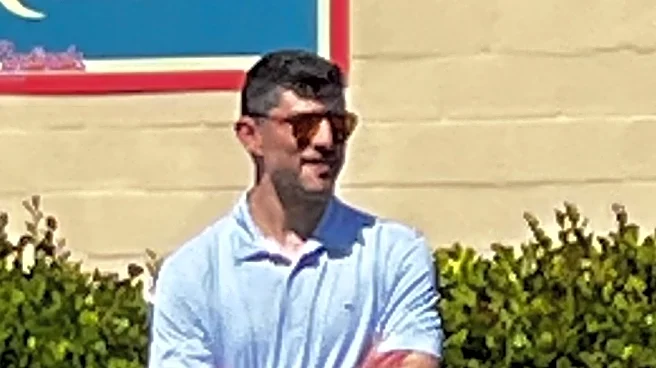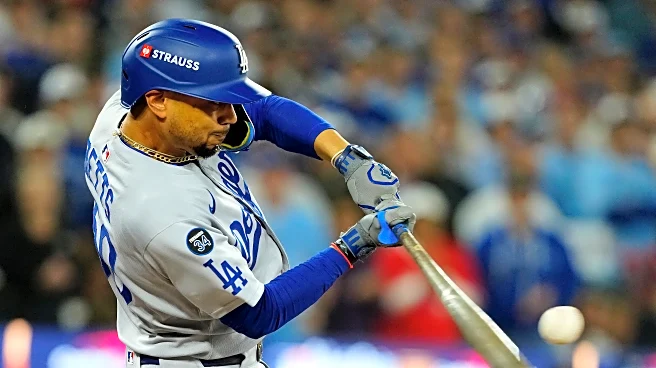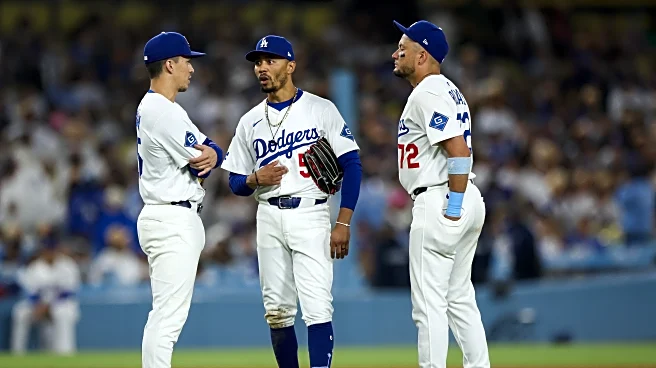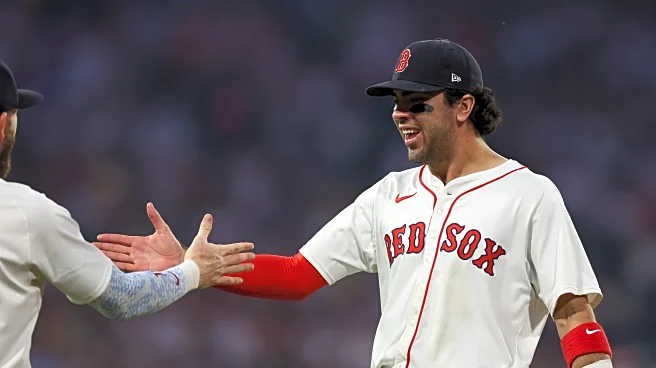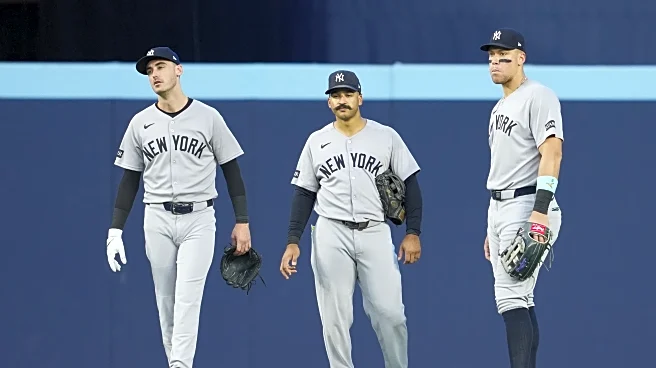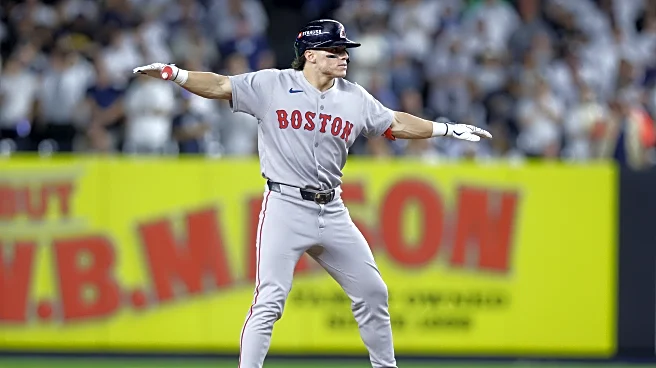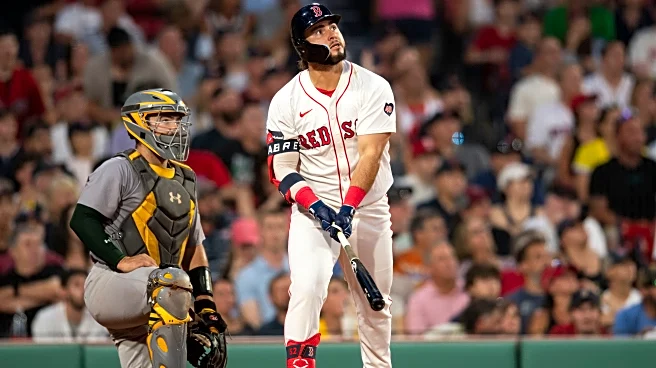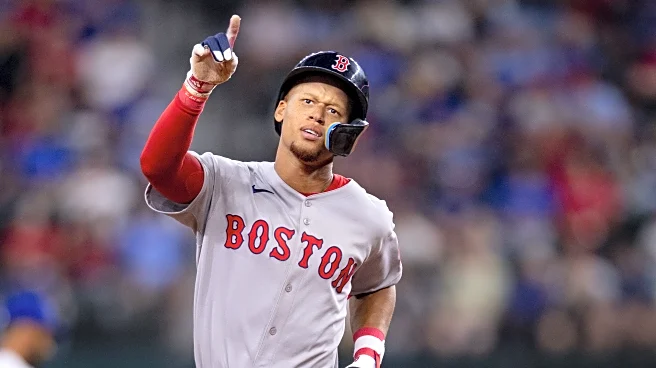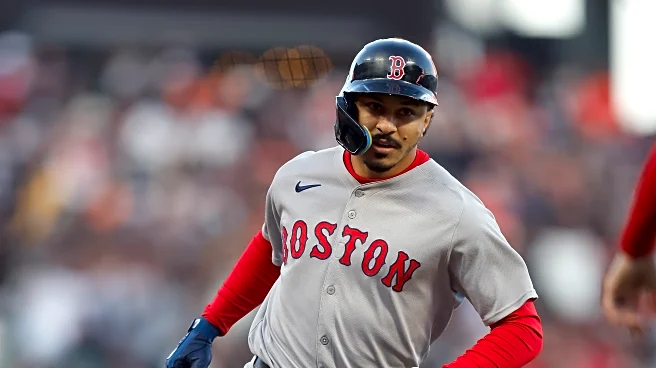The offseason has officially begun, although one could argue it really begins on November 6, because that’s when teams can officially sign free agents. Right now there’s a five day period designed for teams to have a chance to sign their impending free agents. For example, the Kansas City Royals signed Michael Wacha to a 3-year deal in this period last off-season. The Cardinals traded most of their impending free agents already and even if they do resign Miles Mikolas for some very concerning reason,
it won’t be in this five-day period. So the offseason has begun, but nothing will change for the moment.
As has been said many times, we don’t actually know how Chaim Bloom operates. But we do have four offseasons in which Bloom was the man in charge as some evidence. I don’t know how useful it is, because what John Henry tells Bloom to do and what Bill Dewitt tells Bloom to do are surely very different things. I don’t mean to suggest the owners are pulling the strings, just there’s a certain directive an owner gives a general manager and it might limit your possibilities.
This was certainly true in his first offseason. His first “goal” as defined by Henry was to put the Red Sox under the Competitive Balance Tax Threshold. I put that in quotes because Henry said it was not a mandate, but a goal. But I’m pretty sure it was a mandate. I don’t think this was an optional thing, I think it was a necessary requirement of Bloom accepting the job. “We’re hiring you, full disclosure, your first major move will be cutting payroll to the point where trading Mookie Betts is essentially required.”
The clue is the inclusion of David Price in the trade. There’s no way he’s included if you’re trying to get the best value for Mookie Betts. In that respect, Bloom did as best as he could. He received Alex Verdugo, once a top 100 prospect coming off a 2.2 fWAR season at age 23. He received Jeter Downs, an actual top 100 prospect at the time, and Connor Wong, a lower rated catching prospect. They paid for half of Price’s salary, who was getting paid $32 million for the next three seasons. By trading Betts and his projected $27 million arbitration price, he lowered the 2020 payroll by $43 million and they did get under the tax.
Time hasn’t been kind to that trade though. Verdugo settled into a slightly above average hitter who didn’t add value on defense or baserunning, so despite being healthy for most of his tenure, he only had one season over 2 fWAR. To be fair, his 2020 season was his best season, he just only played in 53 games. Downs was 21 at the time of the trade and hit at every level up to AA. He suddenly developed huge strikeout problems once he reached AAA when the highest he had before that was 20.3% in High A. He got 51 PAs in the majors in 2022, but struck out over half the time in 41 PAs and the Red Sox gave up on him at that point. He did fairly well in the NPB in 2025 so maybe we’ll see him back in the majors. He’s only 27. Connor Wong can’t seem to hit or field, but he was never supposed to be an important part of the trade. Since his job was to reduce payroll, the only other move he really made was signing Martin Perez to 1 year, $6.5 million deal and he made 12 Martin Perez starts.
He had a more active second offseason. His first significant move, in terms of the timeline, was selecting Garrett Whitlock in the Rule 5 draft. Pretty good pick! He signed Hunter Renfroe, coming off back-to-back below average seasons with the bat. That was a good signing, as he delivered 2.6 fWAR in 2021. He signed Perez again, this time for less money, and he ended up getting moved to the bullpen midseason, but it looks like a very typical Perez season to me. He signed 37-year-old Garrett Richards to a one-year contract and he too had to move to the bullpen. He signed Kiké Hernandez to a two-year deal, who had a really good season in 2021 (3.7 fWAR) and then a not so good one in 2022.
He also made a trade of an established Red Sox, this one not motivated by budget. With two years of team control, he traded Andrew Benintendi for some players to be named later who never amounted to anything, Francy Cordero, and Josh Winckowski. Cordero was a failure as a Red Sox, Winckowksi became an effective reliever by 2023. He signed 33-year-old Hirokazu Sawamura to a very minor deal, where he had two okay years in relief and then he wanted to return to the NPB for the third year of his deal. He did trade Jeffrey Springs, very briefly an ace afterwards, and Chris Mazza for failed prospect Ronaldo Hernandez (he is still in baseball though) and Nick Sogard, a not very good bench player still in the Red Sox organization. He also claimed John Schreiber off waivers, who was a shutdown reliever for one season and an okay other season.
Since this is the offseason, we won’t get into his deadline deals in this post. In his third offseason, he signed Michael Wacha to a one-year deal. He had a 3.32 ERA in 23 starts for them. He signed 42-year-old Rich Hill, who actually made 26 pretty effective starts for them. He signed James Paxton, who was recovering from Tommy John surgery, so he was going to miss most of 2022, which ended up being all of 2022. He had a $4 million player option that he exercised for the 2023 season and he was okay. He traded for Jackie Bradley Jr., coming off a terrible season in Milwaukee. He improved in 2022 but was still bad. He signed Rob Refsnyder, who became a lefty masher for the Red Sox for the next four seasons. He signed Matt Strahm, nontendered by the Padres, and he was an effective reliever, though not what he’s been for the Phillies right after. He also signed Trevor Story to a six-year deal. Yikes. Though Story might make that look less dumb if his 2025 is anything to go by.
In his fourth offseason, he signed Kenley Jansen to a two-year deal, Justin Turner to a one year deal with a player option, Corey Kluber to a one-year deal, Chris Martin to a two-year deal, and Adam Duvall to a one year deal. With an average age of 39, they combined for $49 million in 2023. Jansen, Turner, Martin and Duvall combined for 4.8 fWAR, but Kluber was awful, with a 7.00+ ERA and -0.8 fWAR. He also signed Masataka Yoshida to a 5 year, $90 million, which has been a huge failure. He made the big extension to Rafael Devers, and I’m not going to give any credit or blame here, clearly ownership felt they had to extend somebody after they passed on Betts and Xander Bogaerts.
Quick observations:
- It’s the nature of the free agency game, but a very common thing he did was sign old pitchers. Garrett Richards, Rich Hill, Corey Kluber, Kenley Jansen, Chris Martin, James Paxton. He traded for the last year of Adam Ottavino’s contract as well when he was 35, which I realize I didn’t mention above. Sawamura was old too, although only asked to be a middle reliever. When you consider he wasn’t even really allowed to make any signings in his first offseason, this is noticeable to me.
- He did seem fairly good at finding value in the way the Cardinals will need to find value this offseason. Hunter Renfroe was a nice pickup, and he traded him actually for Bradley and David Hamilton. That’s how they got Bradley back. That part didn’t work, Hamilton had 1.6 fWAR last year and looks like he was injured most of this year. He also traded for Nick Pivetta in 2020, who became a very solid starter for them for four seasons. Whitlock was a very good Rule 5 pick and Refsnyder turned into a very good platoon bat. John Schreiber was also claimed off waivers, so he has shown an ability to find a good reliever from nowhere. These are all cheap ways the Cardinals could improve and probably will need to improve.
- To say the least, I hope he’s better about free agent signings in St. Louis! This is probably the #1 reason he was fired. They aren’t great. Granted, I actually think the one-year deals are probably better than your average one-year deals, as most worked out, with the exception of a Kluber here or there. But the long-term deals really did not age well. Maybe Story can save him a little, and it is a little crazy how bad Yoshida is at the not-hitting parts of baseball in a way that I’m a little forgiving of. I’m sure they knew it would be below average, but unplayable might have caught them off guard. Another bad use of money was extending Matt Barnes to a 2-year deal in the middle of the 2021 season. He was not great in year one, he did manage to trade that last year, but they got back 36-year-old Richard Bleier who was not great either in what was presumably the last season of his career.
- This is not offseason related but it’s very important to know that throughout this period, he rebuilt Boston’s farm system. During his time, they drafted Roman Anthony, Kristian Campbell, Marcelo Mayer, Connelly Early, among others. He traded two months of Christian Vazquez for Wilyer Abreu.
You can sort of see why a cynical fan might notice that this resume is very good if you don’t to want spend money. His main weakness as a Red Sox GM was that he picked the wrong horses. Doesn’t mean he’s destined to always pick the wrong free agents, but he definitely did in Boston. There are excuses of course. Story has dealt with injury issues, and if last year is anything to go by, it’s unfortunate he was rarely healthy because it would be a good deal if that was true. Yoshida’s bat, though it was just 88 wRC+ last year, probably hasn’t been much worse than expected. Hopefully, he tells scouts to look at defense next time for a big international signing.
This will be a telling offseason for Bloom. We can see if he manages to trade the expensive vets, which is not easy in any of the three cases. Just getting a trade done would be impressive, though I would care about the returns for Gray and Contreras. We potentially get to see how he spends his money with a limited payroll. This part may not be as revealing if history is to go by. Because I doubt we get to see even a mid-tier contract signed this offseason. Maybe an Arenado and Gray trade changes that, but it really feels like it would be one year deals or trades. And again, we do know he can find value in hidden places, because he did do that a lot in his four offseasons. I didn’t mention any of the players who never did anything who he found from nowhere, but that’s kind of the idea. These kinds of players shouldn’t do anything for you and Bloom racked up enough players that it seems like a talent of his.
You would almost think Bloom was signed specifically for this offseason, even though he was given a five-year deal. His strengths in his Boston tenure almost perfectly align with what needs to be done this offseason. He has grabbed good players from the Rule 5 (Whitlock), claimed them from waivers (Schreiber), signed them to minor league deals (Refsnyder), and from trades as a middling prospect (Abreu). Those are the avenues they currently have to get better. Also can he find the Hunter Renfroe of 2026 please. On top of that, he can draft. The jury is out on Marcelo Mayer, but he was drafted 4th overall. Roman Anthony was 79th overall, Early was a 5th rounder, Campbell was a 4th rounder, and Hunter Dobbins was an 8th rounder. Their current top prospect, Franklin Arias, was an international signing made in 2023 when Bloom was in charge.
He wasn’t good at signing long-term free agent deals, but it’s still a very small sample and I don’t think we’re going to see whether he’s improved in this first offseason anyway. You almost could not more perfectly tailor one POBO’s strengths to a specific offseason as this one, it’s almost comical to me.
This had the weird effect of making me more optimistic about this offseason and slightly more concerned in future offseasons. But of course that’s history. What Bloom does in the future may not be the same. He learned some things, maybe he’ll change it up. Maybe he’ll improve on the weaknesses. This kind of feels like Opening Day for a team, where you ignore how good or bad you’re supposed to be, and just have a lot of hope for the season. That is Bloom right now. He hasn’t done anything yet, so anything is possible.
But that’s going to be a much longer process. Cardinals fans, at the moment, are fairly realistic about what to expect this offseason. They do not expect him to improve the team much next year. They don’t really expect free agent signings. All of this offseason is effectively Opening Day for him. With an offseason under our belt, that will be about the time in the season when reality kicks in for what to expect. So I’m excited and I’m hopeful.


